History, Recent and Ancient
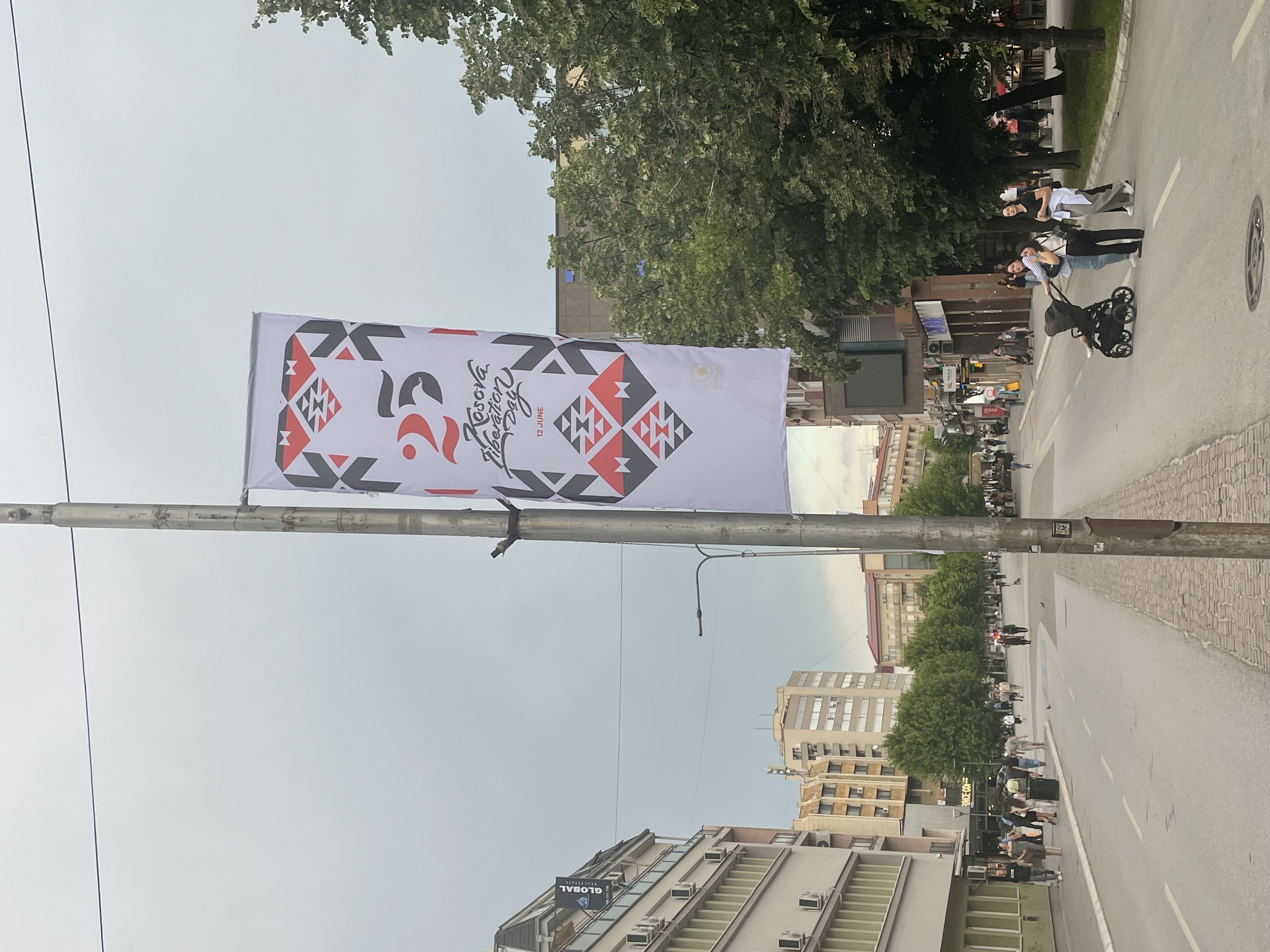
On Wednesday, June 12, Kosovo celebrated the twenty-fifth anniversary of NATO forces entering Pristina and Serbian forces withdrawing in 1999. Kosovars consider this day Liberation Day. It is an entirely separate day from Kosovo's Independence Day, which is February 17 and marks the anniversary of Kosovo formally declaring its independence in 2008. Also unlike Kosovo's Independence Day, June 12 is an unofficial holiday rather than an official public holiday.
Events marking this significant anniversary happened all day. A parade marched through downtown around noon. A statue of Tony Blair—who was Prime Minister of the UK during the Kosovo War—was unveiled. Banners lined the streets all over downtown. In the evening, the amphitheater on Mother Teresa Boulevard hosted a public concert featuring several different bands. They played some songs in Albanian, as well as some others in English, and they drew in many of the people walking under the banners of the boulevard.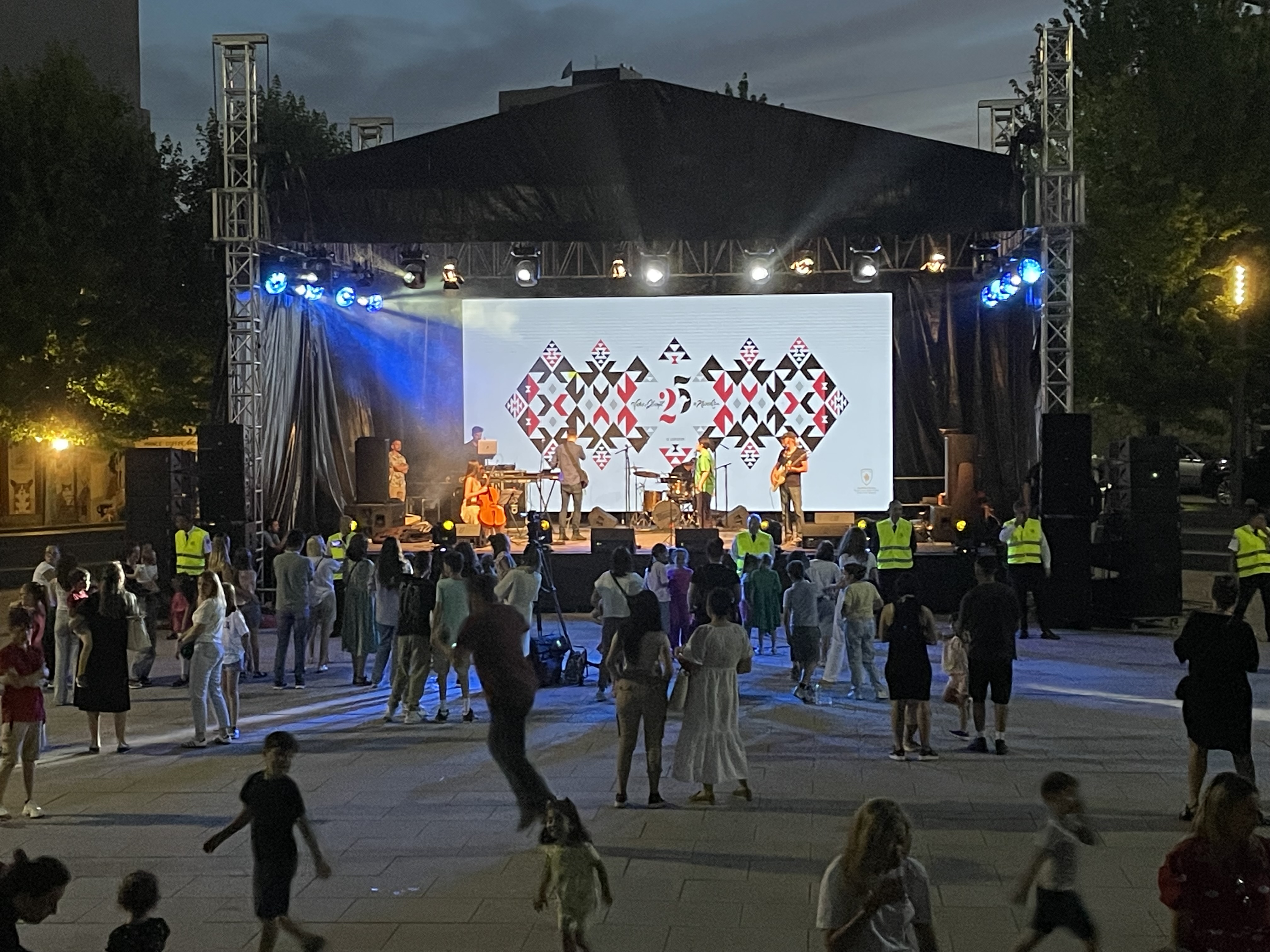
After the work week ended, Stephanie and I decided to visit Prizren, a city in southern Kosovo. My coworkers warned me that it is always hotter in Prizren than in Pristina, so we made sure to leave early in the morning. We also decided to do our most physically challenging activity first, before it could get too hot: hiking up to Prizren Fortress.
Prizren Fortress was constructed under the Byzantine Empire, but archeological evidence shows that the site was inhabited as early as the Bronze Age. Subsequent rulers of the area updated and expanded the fortress as the centuries passed, with the most recent expansion happening during the 17th century under the rule of the Ottoman Empire. Today, what remains of the fortress is a vast layout of stone ruins that provide an incredible view of the city of Prizren below. Here are just a few of the photos I took there: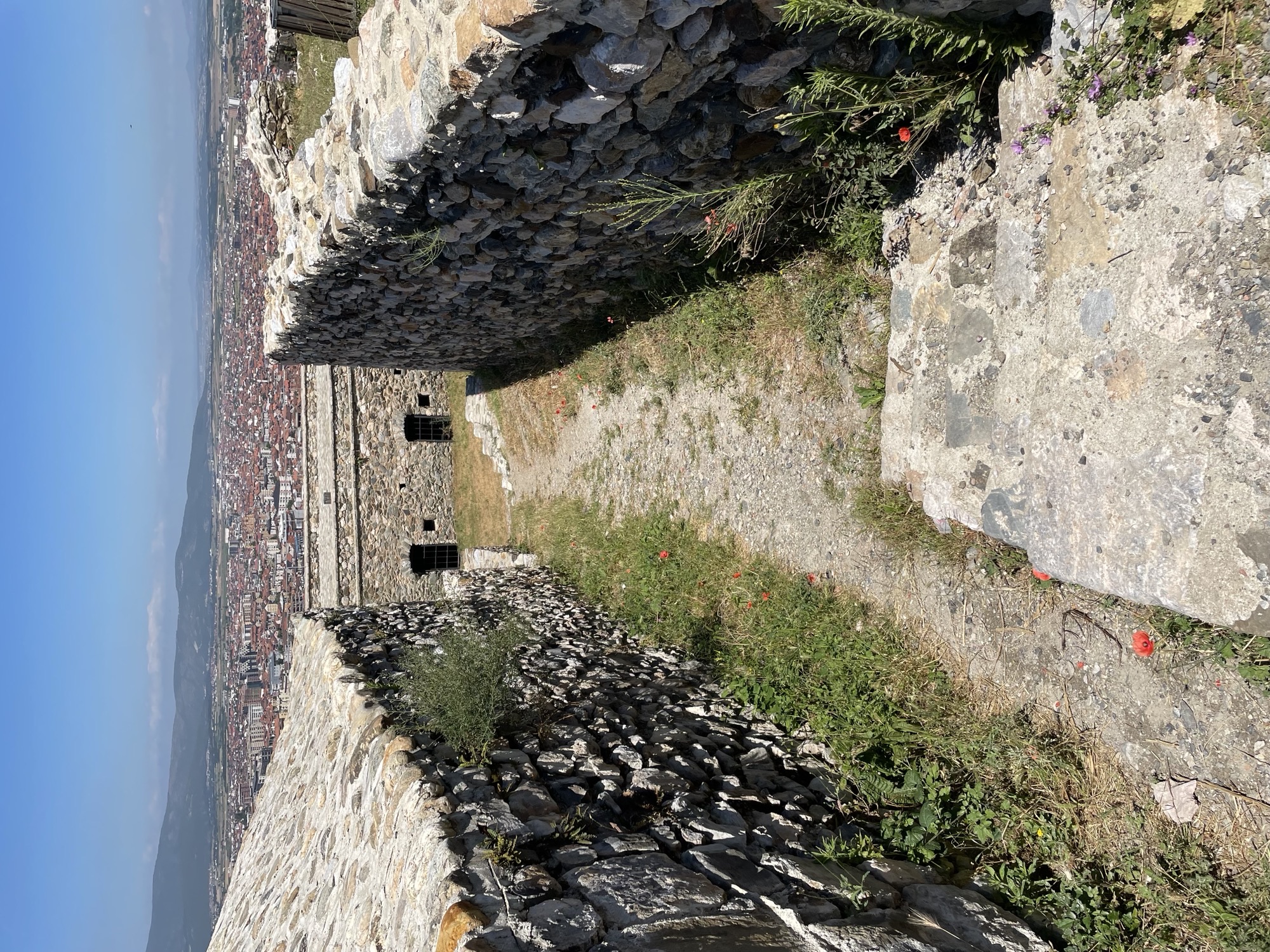
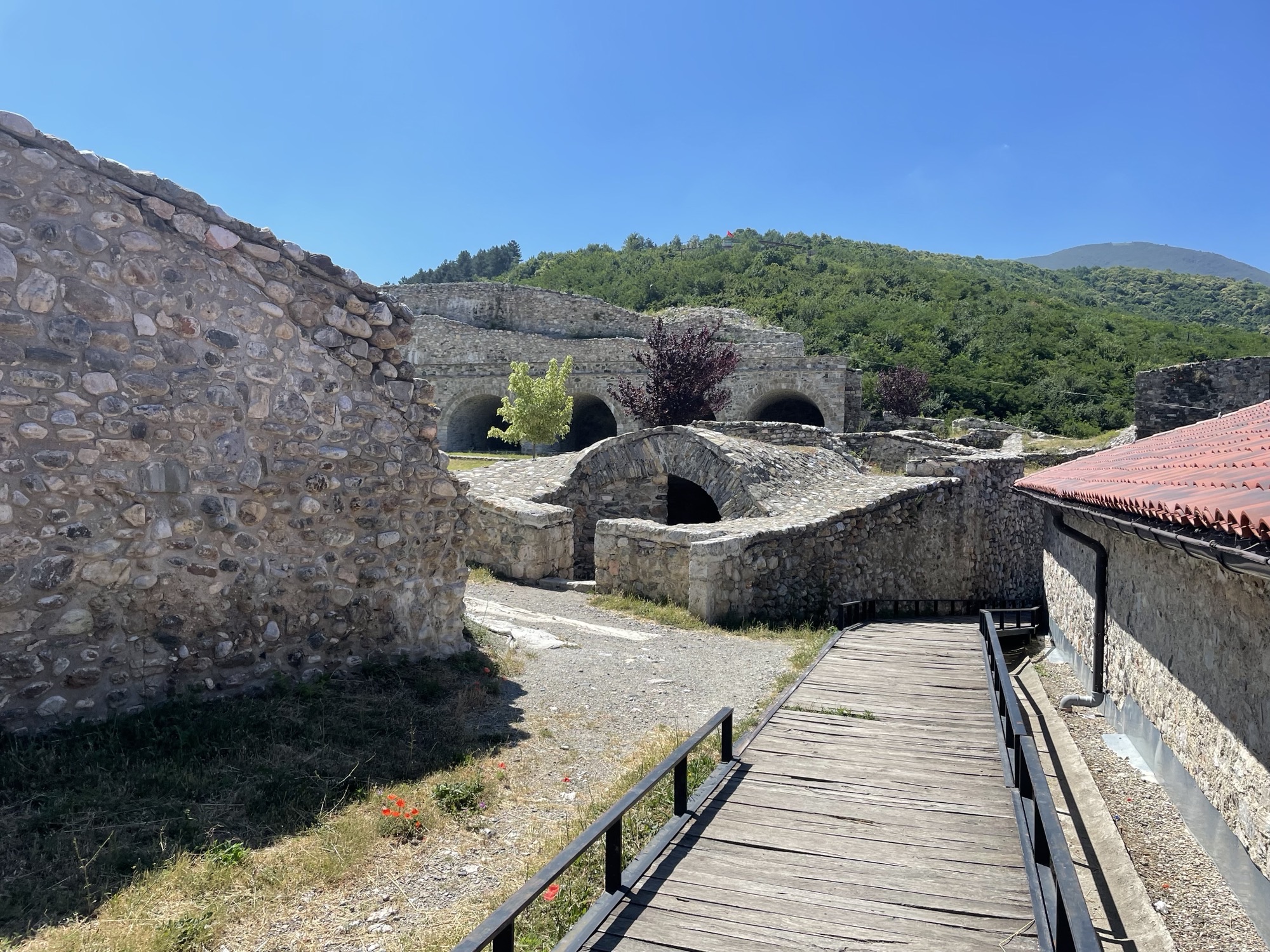
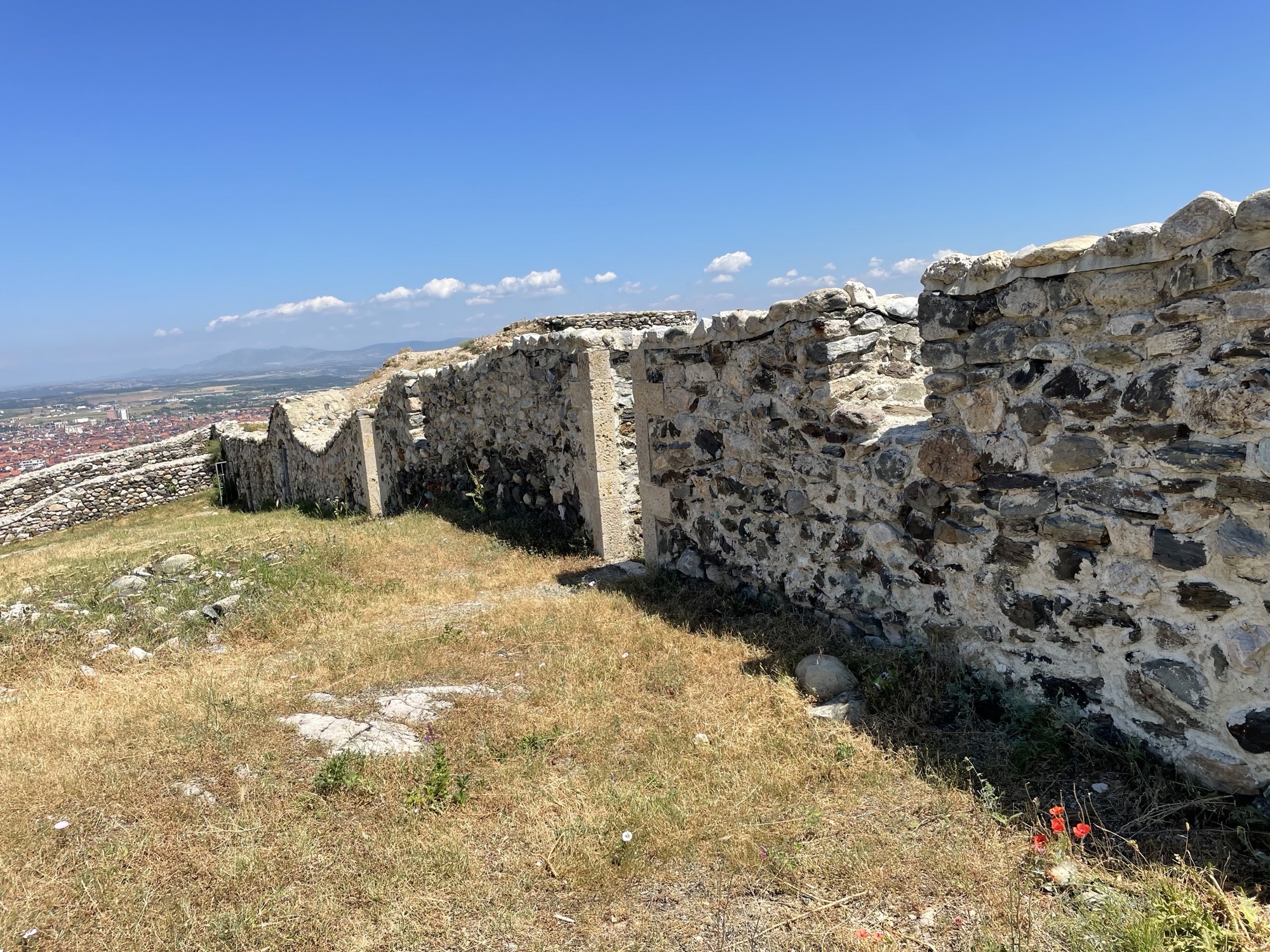
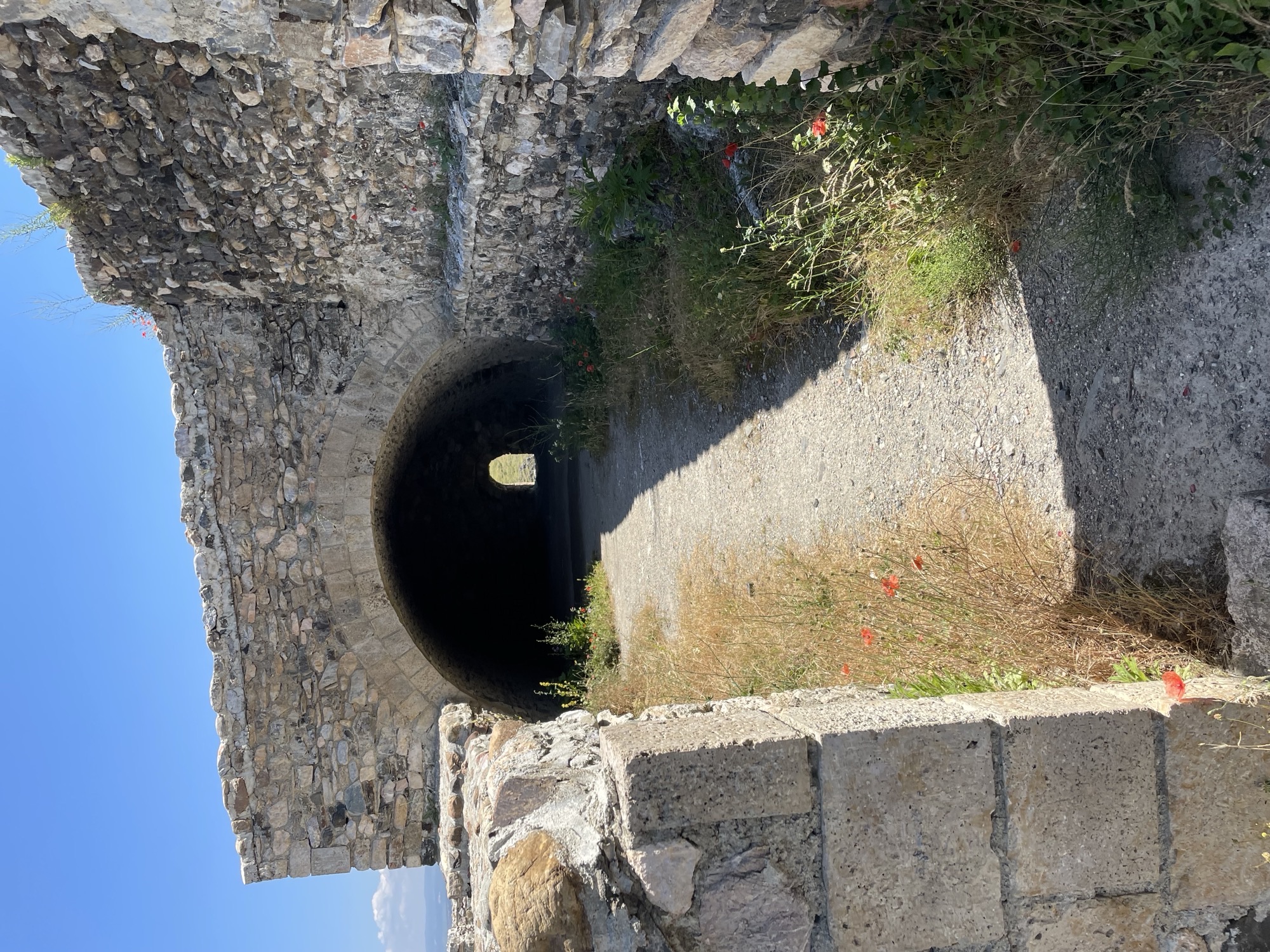
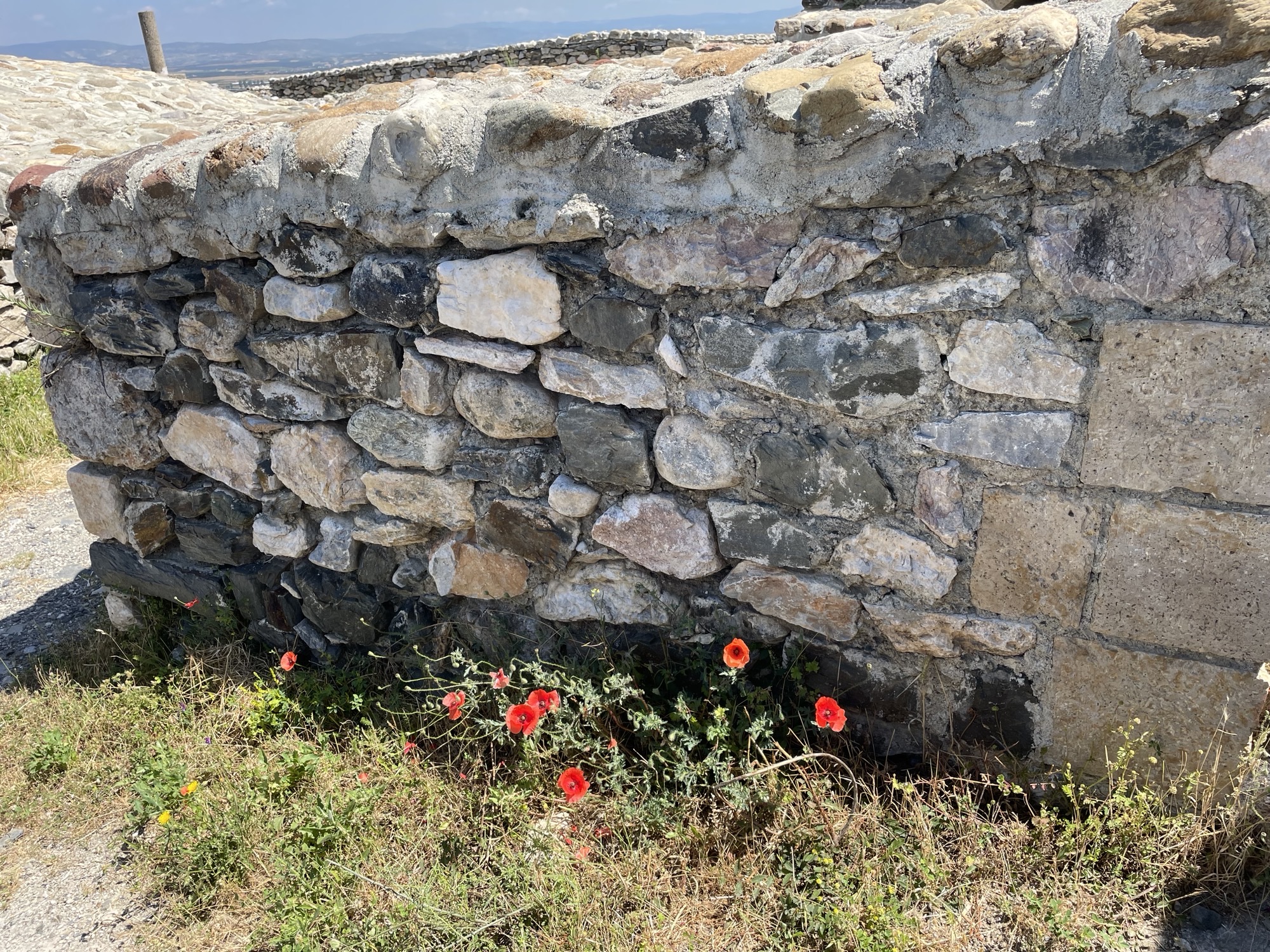
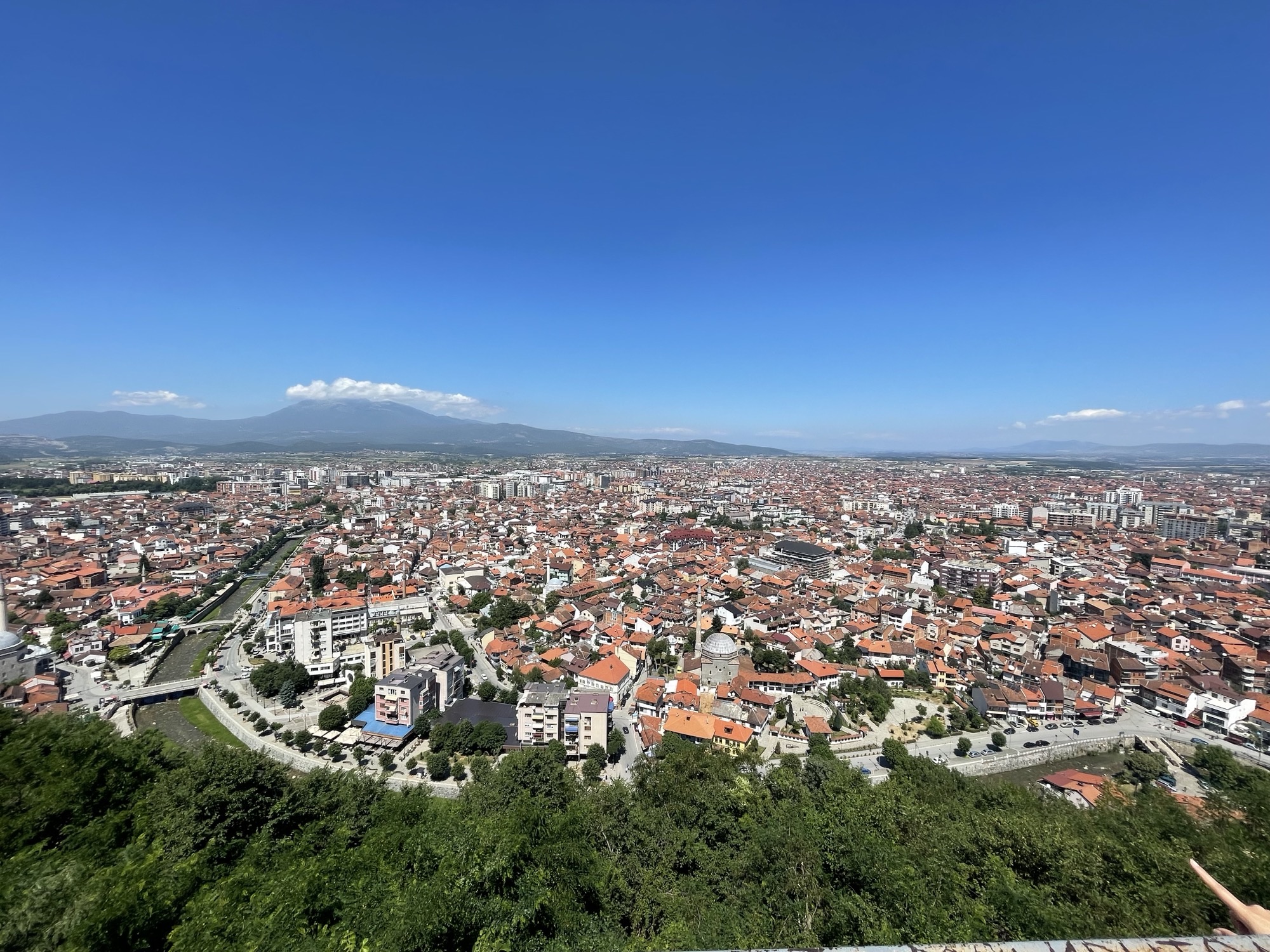
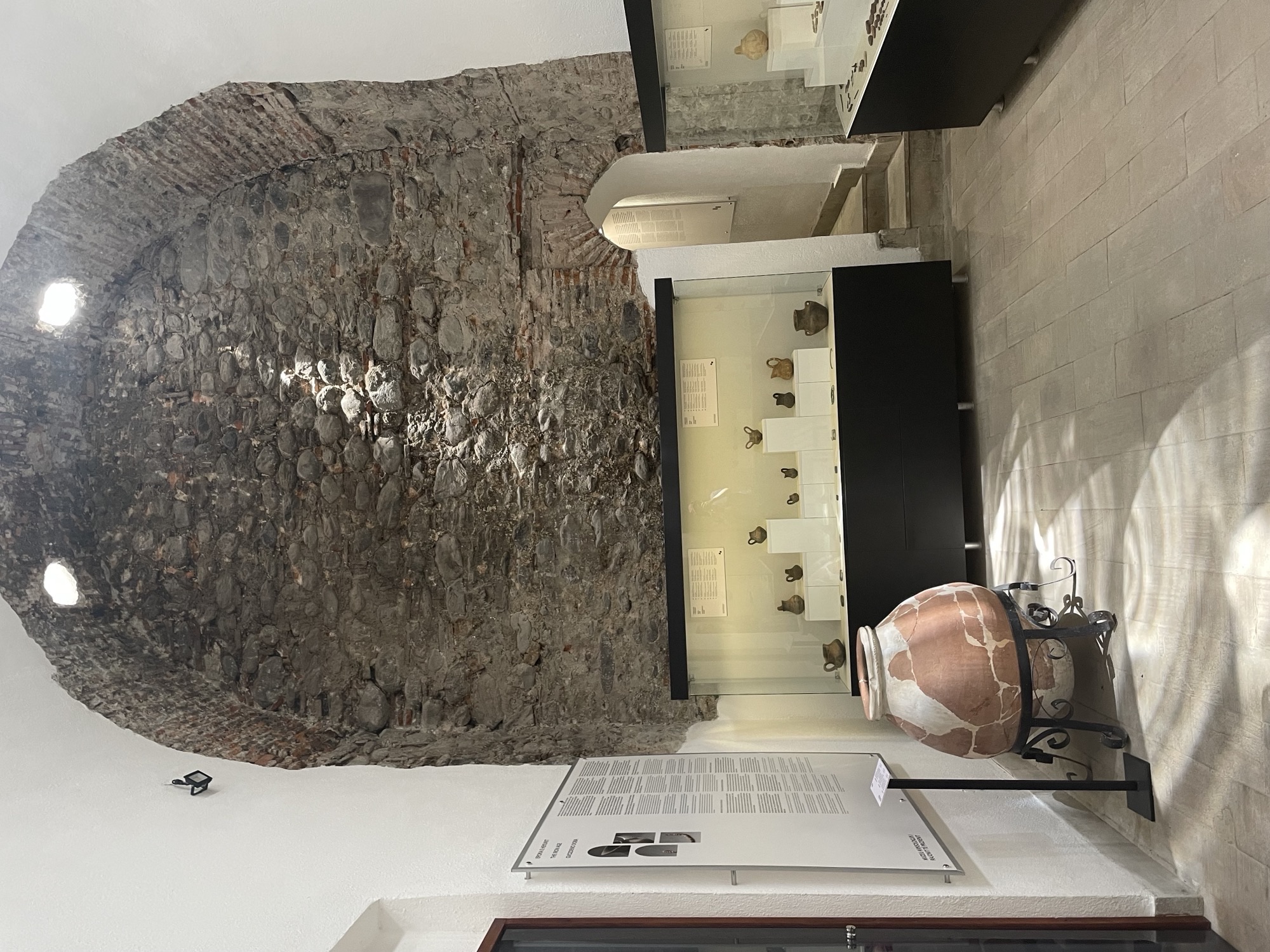 After making our way back down the hill, we visited some more places around Prizren. One highlight was the Prizren Archeological Museum. It featured artifacts found around Prizren dating back to the Paleolithic Age, and then continuing all the way up through the Ottoman period. Items we saw included millstones, spearheads, weights and scales, jewelry, arrowheads, cups, bowls, plates, large storage vessels, tombstones, and more. The building itself was also a piece of history: it was originally constructed as a hammam (public bath house) during the late 15th century, and it was used for this purpose until the middle of the 19th century. A clock tower was added in the 19th century, which visitors can climb up to see another amazing view of Prizren.
After making our way back down the hill, we visited some more places around Prizren. One highlight was the Prizren Archeological Museum. It featured artifacts found around Prizren dating back to the Paleolithic Age, and then continuing all the way up through the Ottoman period. Items we saw included millstones, spearheads, weights and scales, jewelry, arrowheads, cups, bowls, plates, large storage vessels, tombstones, and more. The building itself was also a piece of history: it was originally constructed as a hammam (public bath house) during the late 15th century, and it was used for this purpose until the middle of the 19th century. A clock tower was added in the 19th century, which visitors can climb up to see another amazing view of Prizren.
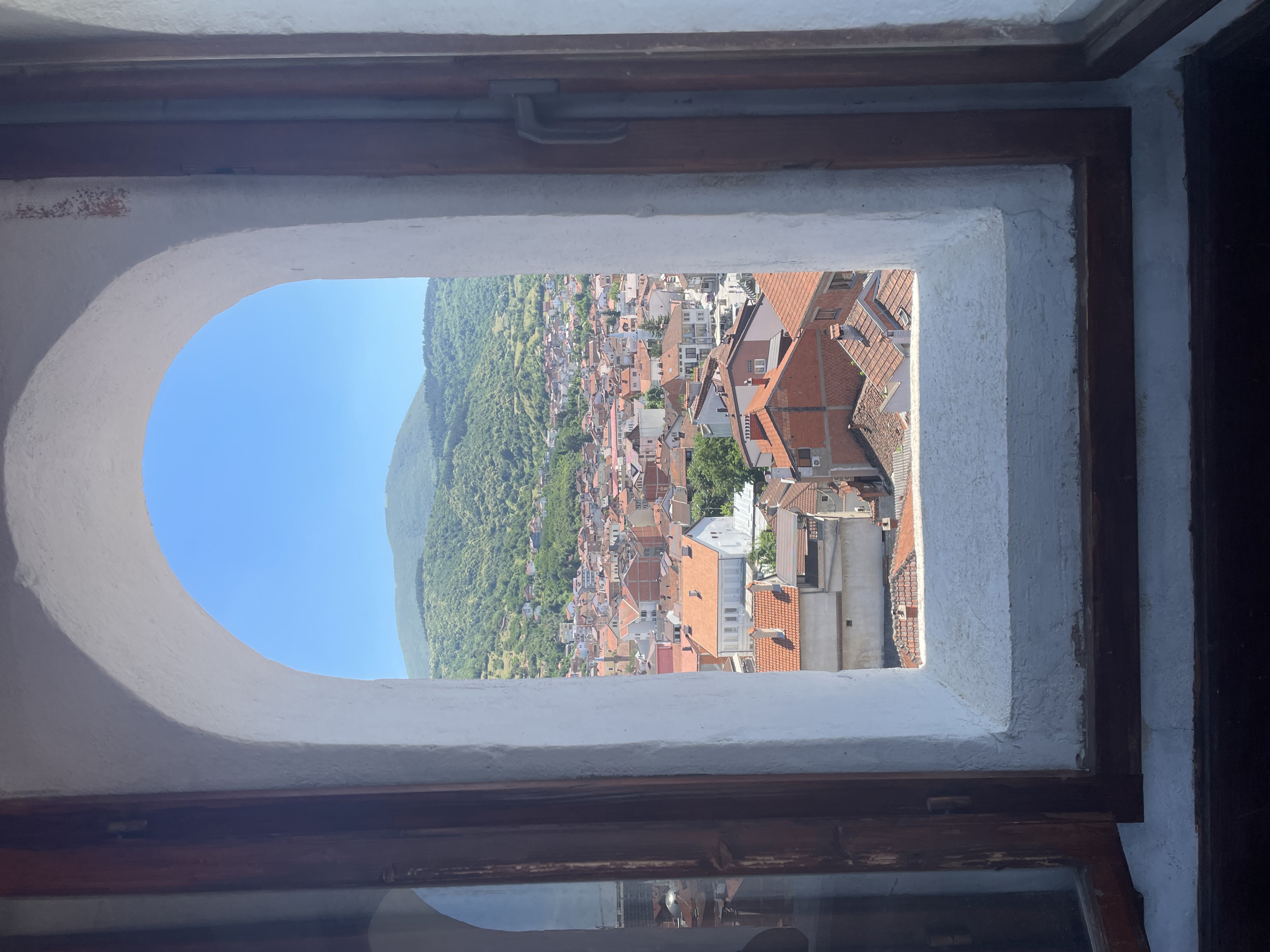 Once we did a little more sightseeing, we took the bus back to Pristina. It was a three-day weekend for Eid al-Adha, so I appreciated having an extra weekend day to rest after such a hot, active day. I am nearly done with my research project for CLARD on Kosovo's implementation of the Istanbul Convention, so I anticipate finishing it this week. It really is hard to believe that I'm halfway through my summer here already! Once I'm finished with this project, I should find out what my next assignment will be, and I'm looking forward to finding out how I will spend the second half of my summer internship in Kosovo.
Once we did a little more sightseeing, we took the bus back to Pristina. It was a three-day weekend for Eid al-Adha, so I appreciated having an extra weekend day to rest after such a hot, active day. I am nearly done with my research project for CLARD on Kosovo's implementation of the Istanbul Convention, so I anticipate finishing it this week. It really is hard to believe that I'm halfway through my summer here already! Once I'm finished with this project, I should find out what my next assignment will be, and I'm looking forward to finding out how I will spend the second half of my summer internship in Kosovo.